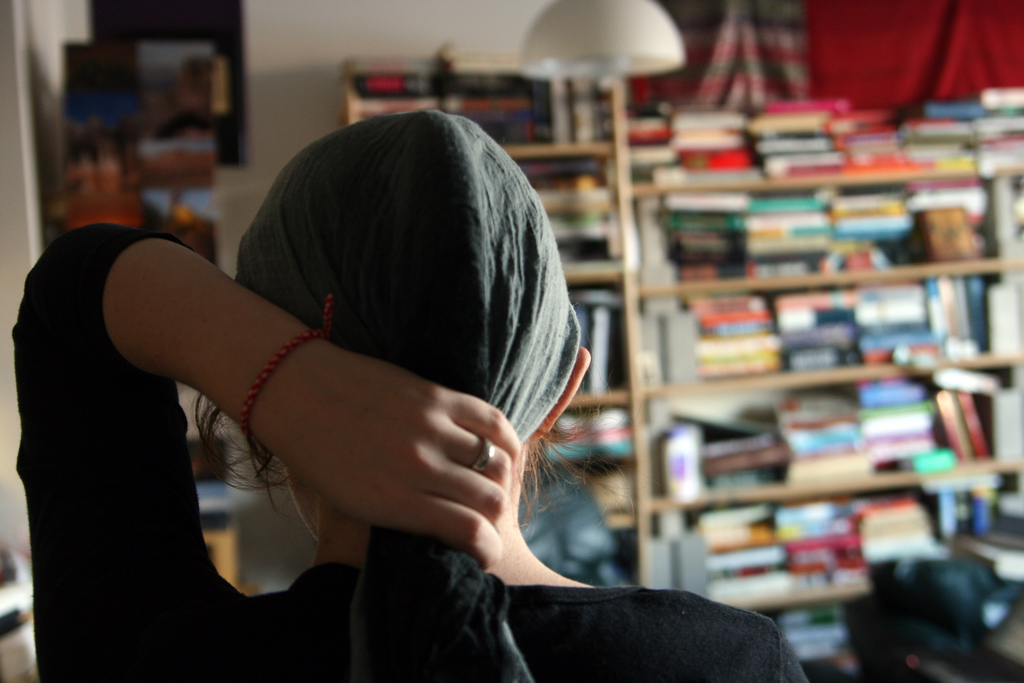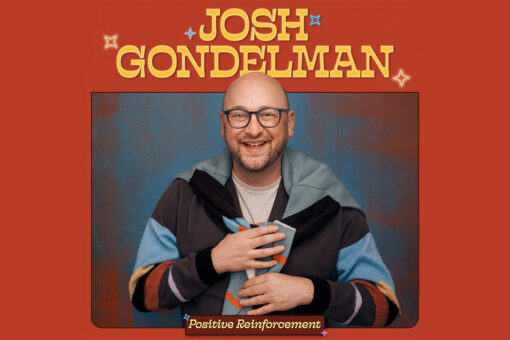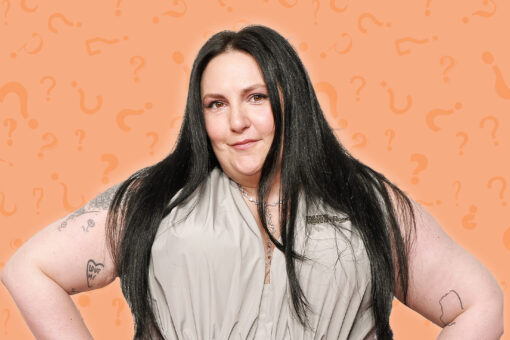Ever since the 2016 presidential election, there seems to be more and more people dressing to express their identity. Many Jews have been wearing a Star of David or hamsa when they weren’t doing so before, and more are wearing a yarmulke in their daily life, not to show their religious devotion but to show their cultural belonging. I’ve also seen the tichel or mitpachat, a headscarf, has been gaining traction among secular (and religious) Jewish women, as an empowering symbol of their Jewish and feminine identity. It mirrors the rise in popularity of headwraps among other cultural groups, including Muslim and African-American women.
While headcovering has traditionally only been done by religious married women, young millennial women are choosing to wear a tichel as a cultural symbol. Arianna, 28, says, “I wear a tichel as a mostly cultural activity; basically it is a way for me to be very loud about my Jewish identity. I wear it for the same reason that I wear a Magen David everyday — it is a symbol of my people and who I am.”
Although Arianna has been wearing a tichel for years, the current political climate has had an outright effect on her. “My ticheling intensified when Donald Trump was elected president as a way of again being loudly and unabashedly Jewish.”

There is a common misconception about head covering that men force women to cover themselves and be modest. However, women who talk about wearing a tichel often emphasize that it is a practice that is deeply rooted in their own identity, not other people’s expectations of them.
Fay, 31, told me, “When I learned about [ticheling], I had recently gotten out of an emotionally abusive relationship where my mode of dress was controlled by my ex. He liked me wearing clothing that was tight and revealing so the act of dressing modestly has been an act of self healing and a way to reclaim my body for myself. By covering my head and sometimes hair, I am making my own choices about my body and how I present it to the world and have found it very empowering.”
Hair covering can be a tricky subject — we are familiar with the debates about the hijab — yet women from many different religions have found commonality in their choice to cover their hair, with their coverings varying as much as their reasons for wearing them. The online tichel store, Wrapunzel, has been a significant part of the rise of the tichel, and their website caters to women who choose to cover their hair for a variety of religious and non-religious reasons. On the Wrapunzel blog, they have a video called, “Is it offensive if I wear a tichel?” It explains who can wear a tichel (spoiler: it is anyone!) and the reasons for doing so.
I personally found this video incredibly moving as I have thought about the tichel. Because I do not come from a religious family, nor am I married, I found that I had to really think about why I was drawn to hair covering. Beyond a few practical concerns, I realized that a tichel makes me feel more connected to my Jewish identity and serves as a reminder of what my cultural values are, especially when they are different from the values being projected all around me.
A major concern for many women in choosing to wear a tichel is the kind of reactions they might get. These concerns speak to the broader issues that many Jews think about more these days — bigotry from one side, ignorance from the other. Racists may interpret the tichel as a Muslim headscarf, or may recognize it as a Jewish practice, and react violently — both Muslim and Jewish women have had their head coverings ripped off in public. Others may think that a lighter-skinned Jewish woman is appropriating Muslim or African culture.
Fay, 31, had some concerns about reactions to her tichel. “I was really worried about this because I was afraid of being accused of appropriating black culture. I haven’t had too much of that, though. There is a large Muslim population in my neighborhood so I think people who don’t know me assume that I am Muslim. A woman walking around with covered hair is just not that unusual where I live.”
Arianna told me, “I did experience people treating me differently or staring me down, sometimes angrily or shaking their head at me.”
But she still finds comfort in the practice. “Covering my hair became to me a sort of personal meditation exercise. Having to take the extra time in the morning to put it on and put up with the reaction I get was kind of ‘sacrificial’ to me, and so when I wanted to strive for a particular goal or remind myself that there are certain things outside of my control, I wear a tichel.”
Ultimately, what makes the secular wearing of a tichel so radical is that it highlights the diversity and longevity of Jewish identity. The choice whether or not to wear a scarf and how to wear it (full covering, just as a headband, etc.) speaks to the personal, while also creating community between women across religious boundaries.



